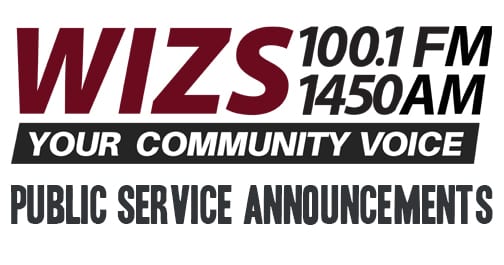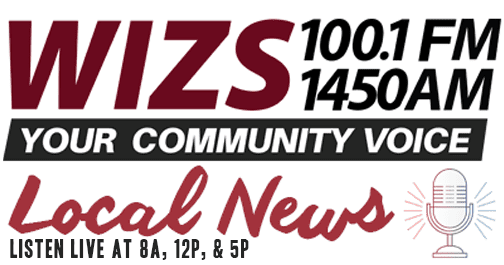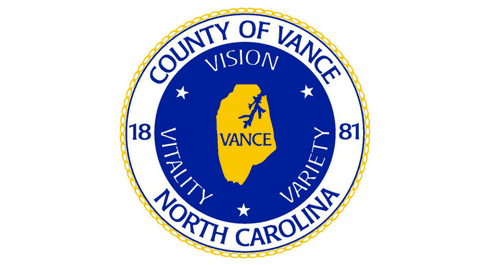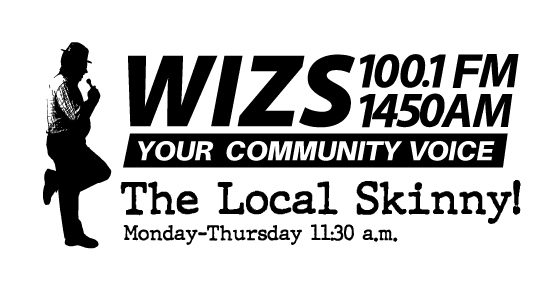Carbon footprints, fossil fuels and emissions reductions all are buzz phrases that are grabbing headlines these days and it can be dizzying to try to make sense of it all.
“Clean” transportation has nothing to do washing, waxing and detailing vehicles, as it turns out, and everything to do with types of fuels cars use and what gets released into the atmosphere.
Rick Sapienza is director of the clean transportation program of the N.C. Clean Energy Technology Center at N.C. State University. In his work, he drills down into the details of how to keep our air clean as we drive our vehicles for daily activities.
Beth Davis, regional engagement specialist with Kerr-Tar Council of Governments, is an education outreach partner that helps Sapienza spread the word about how to be good stewards and good drivers. Both were guests on Thursday’s Town Talk to discuss how consumers can contribute in a positive way to reduce fuel consumption and keep more money in their pocket versus pumping gas into the tank.
Not everyone can just go out and purchase a new electric vehicle, Davis noted. Sapienza offered a list of options that consumers can do.
Eat lunch in your car with the engine on? Your car is getting 0 miles per hour when it idles, he reminded. “The way you drive and maintain that vehicle affects its fuel economy,” he said. Speeding reduces fuel economy as well, and it would be good for drivers to map out their errands to cut down on unnecessary driving.
Programs in place across the state like Clean Fuel Advanced Technology (CFAT) have paid off to improve air quality in the 16 years since its inception, Sapienza said. Funded through the federal Congestion Mitigation Air Quality program, he said that all 100 counties in North Carolina now are in compliance with clean air standards.
As technologies continue to be developed, more and more fuel choices will be available.
According to Sapienza, compressed natural gas (CNG) is a renewable natural gas that is growing in popularity. The City of Raleigh’s buses run on it, and the majority of that type of transportation on the West Coast runs on it as well.
Other transportation agencies have turned to hydrogen to fuel their longer routes. “They perform like champs,” Sapienza said. There are two ways to use the hydrogen – either to produce electricity or combust it.
Davis said there are apps for smartphones to help drivers locate charging stations for their electric vehicles. Although some are free to use, drivers must pay a fee to plug in. Technology advances are making it easier for vehicles to travel farther before needing to recharge.
A common complaint with electric vehicles is the high cost of the battery, but Sapienza said the price has been steadily coming down.
Davis said she got to drive an electric vehicle during a recent demonstration and said it made her think about the possibility of an EV for her next vehicle.
“What really caught my attention was the low maintenance cost,” she said. “And also not having to buy so much gas.”
Sapienza said EV’s may cost more at purchase, but considering the total cost of ownership – like not paying for oil changes, transmission work, and other costs – the cost over the lifetime of the vehicle is lower. “Within 5-10 years, we’ll be at price parity cost on the vehicle,” he predicted.
Efforts to further reduce emissions and further electrify the region are ongoing, Sapienza said. “There’s a tremendous investment,” he said. Globally, $577 billion has been committed in both the public and private sector – $143 billion in the U.S. alone – to adopt technologies that reduce fuel consumption and emissions.
Listen to the entire interview at wizs.com.

















